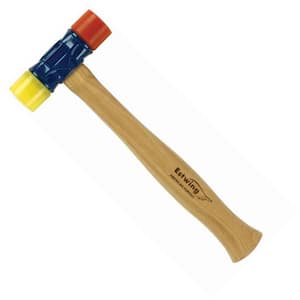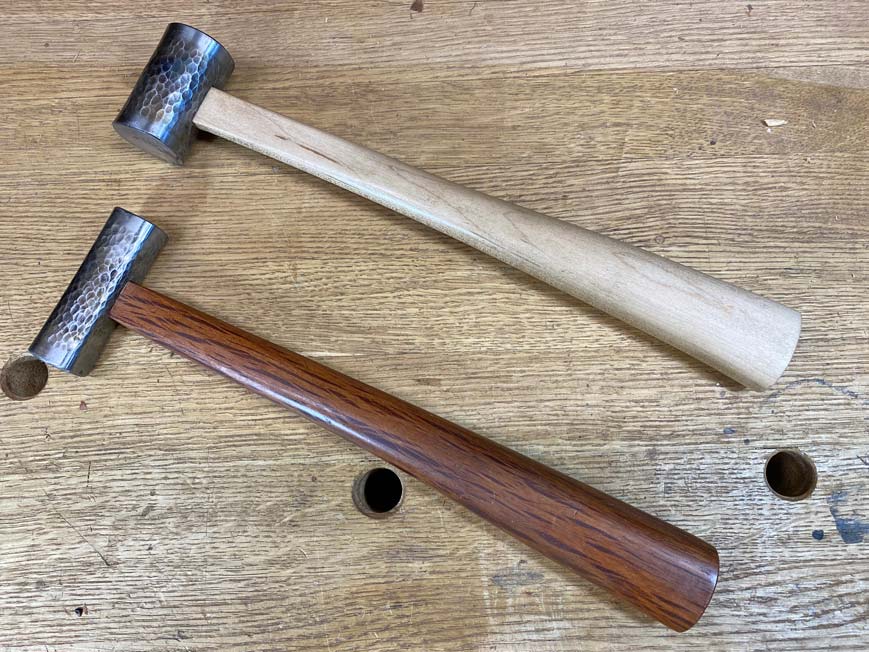20230102_163836.jpg
A few days before Christmas I was using my favorite 3/4 bench chisel from Veritas to install a tail vise into my workbench. Right before I was about to finish for the day I felt my chisel kind of give out. I took a look and was really bummed out to see the corner of the handle was damaged.
I was alternating between using a joiners mallet and a Veritas Journeyman's Brass Mallet. I did not think I was hitting the handle very hard but maybe I clipped it with the edge of the brass mallet. I'm going to switch to the polyurethane mallet Lee Valley sells tomorrow.
Is this something I should be concerned about? Can I use a spokeshave, rasp and some sandpaper to shape new end to the handle just a little lower down? Or will this keep happening?
I really like the Veritas chisels that I have and would eventually like a whole set (when they actually become available to purchase). I am a little worried now that the maple handles aren't as robust as other manufacturers handles and it may be extremely hard to replace as I read they are epoxied into place (correct me if I'm wrong).




 Reply With Quote
Reply With Quote















